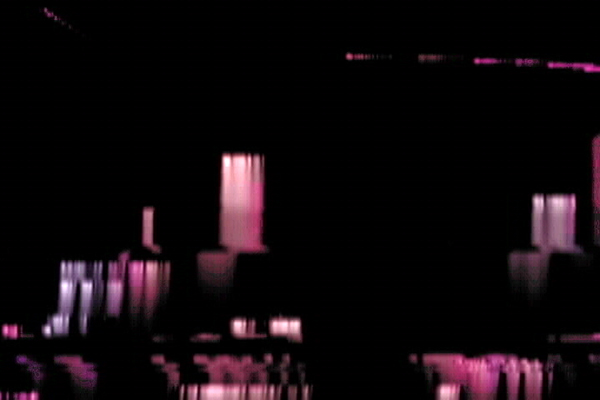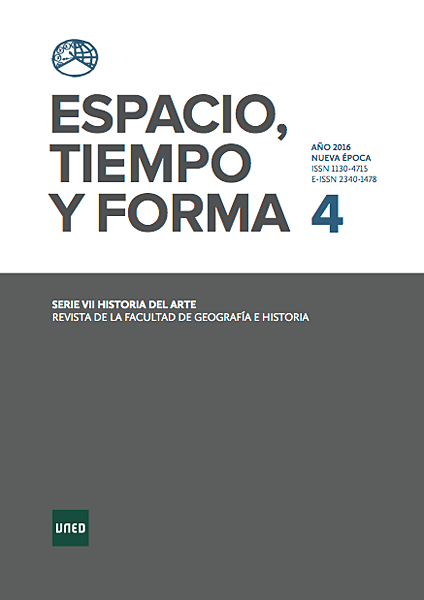PORTFOLIO |
 |
|
|
|
|
|
 |
 |
'Glitch Art' as a Movement?
story © Michael Betancourt | published July 10, 2017 | permalink |



 |
| 
|
 |


|
 |
|
Recently, I was asked during the Q&A after a talk if I think �glitch art� is a movement. The problem with calling the amorphous collection of people working with �glitch art� a movement is precisely its shapelessness: the things being done and called glitch art have been around and in use by artists since the late 1970s and first started to become prominent during the 1990s, emerging more-or-less independently in places as diverse as London, Chicago, Oslo and Miami�all places also associated with the use of glitches in electronic and avant-garde music. This plurality of origins makes any suggestion of a �movement� highly questionable: there were no manifestos, no proclamations that circulated across all these origin-sites. Instead, the use and embrace of glitches appears to have happened more or less simultaneously, as a result of the faults and failures of digital technology in the 1990s, especially the vagaries and interruptions common to dial-up internet access and the slow speeds of download that would often result in partial and damaged files. The embrace of glitch by this initial collection of artists (whose work from 2003 and earlier was collected in the Glitch: Designing Imperfection book) was highly dispersed geographically and aesthetically, even if they shared formal similarities because of the technologies involved.
|

|
|
 read more read more
|

|
| |
 |
My History With Glitching
story © Michael Betancourt | published June 29, 2017 | permalink |



 |
| 
|
 |


|
 |
|
This collection of historical notes, written between 2012 and 2017, about working with and on glitches has been floating in the either/or for a while. Since there's mot much history of any kind about glitches before the late '00s, I'm posting this personal narrative. I just realized I haven't done anything with it, so here it is. These are some general historical notes about my own experiences with glitches and their use in my work starting in the 1990s.

Still from Year (2003)
I am not sure when I first specifically called this kind of work �glitch,� but the concept and the work it produced have been continuous features of my work since 1989. I know I was using the term by 2001, and I did a bit of writing with it in 2003 for the Miami Art Exchange when it was the only publication engaged with Miami Art on a regular basis (this was before Art Basel Miami Beach). The deployment of accident (chance) within carefully prescribed frameworks enabled the uncontrolled, chaotic features of glitch art to develop organically from my technical and technological process focused on using the looping methods learnt from video feedback as the protocol for making all my work: iteration, revision, recursion.
|

|
|
 read more read more
|

|
| |

|
| |
 |
Article on my Glitch movies
story © Michael Betancourt | published July 16, 2016 | permalink |



 |
| 
|
 |


|
 |

José Manuel García Perera, painting professor at Universidad de Sevilla, wrote an interesting article on my glitch work that was published earlier this year.
Abstract: In recent times, artistic creation has come closer to the media image proposed by Internet, thus seriously altering an aesthetic experience based before on movement of the viewer around the work and now defined by screens that induce passivity. Michael Betancourt�s video work, part of the so-called glitch art, which focuses on the failure that can occur within the digital realm, has been here the basis for a comparative study between different concepts of movement in art, as well as between a current and a past art, a comparison that allows us to see clearly how technological advances have produced radical changes in the physical, spatial and mobile nature of the artwork. Betancourt�s investigation proposes a new kinetic art that becomes critical through error, mimics the real-time movement that contemporary culture demands, and uncovers the artificiality of images that mimic reality as if they wanted to replace it.
The full article is available as a pdf online: "El movimiento como simulacro en el mundo virtual: Michael Betancourt y el arte de la inmediatez" published in Espacio, Tiempo y Forma, Serie VII - Historia del Arte no. 4, 2016, pp. 143-158.
|

|
|
 read more read more
|

|
| |
 1 2 3 4 5 6 7 1 2 3 4 5 6 7 
|
|
|